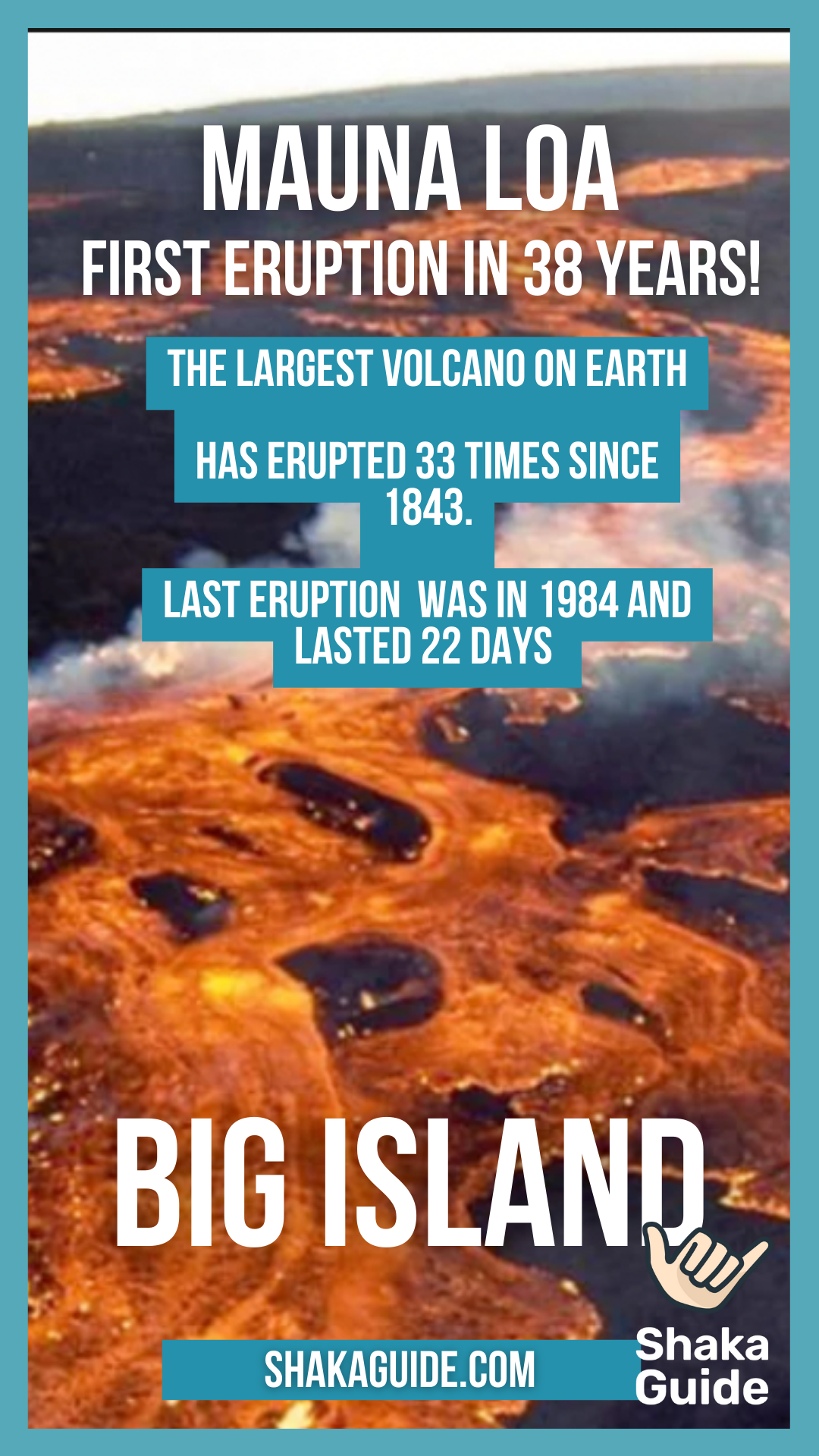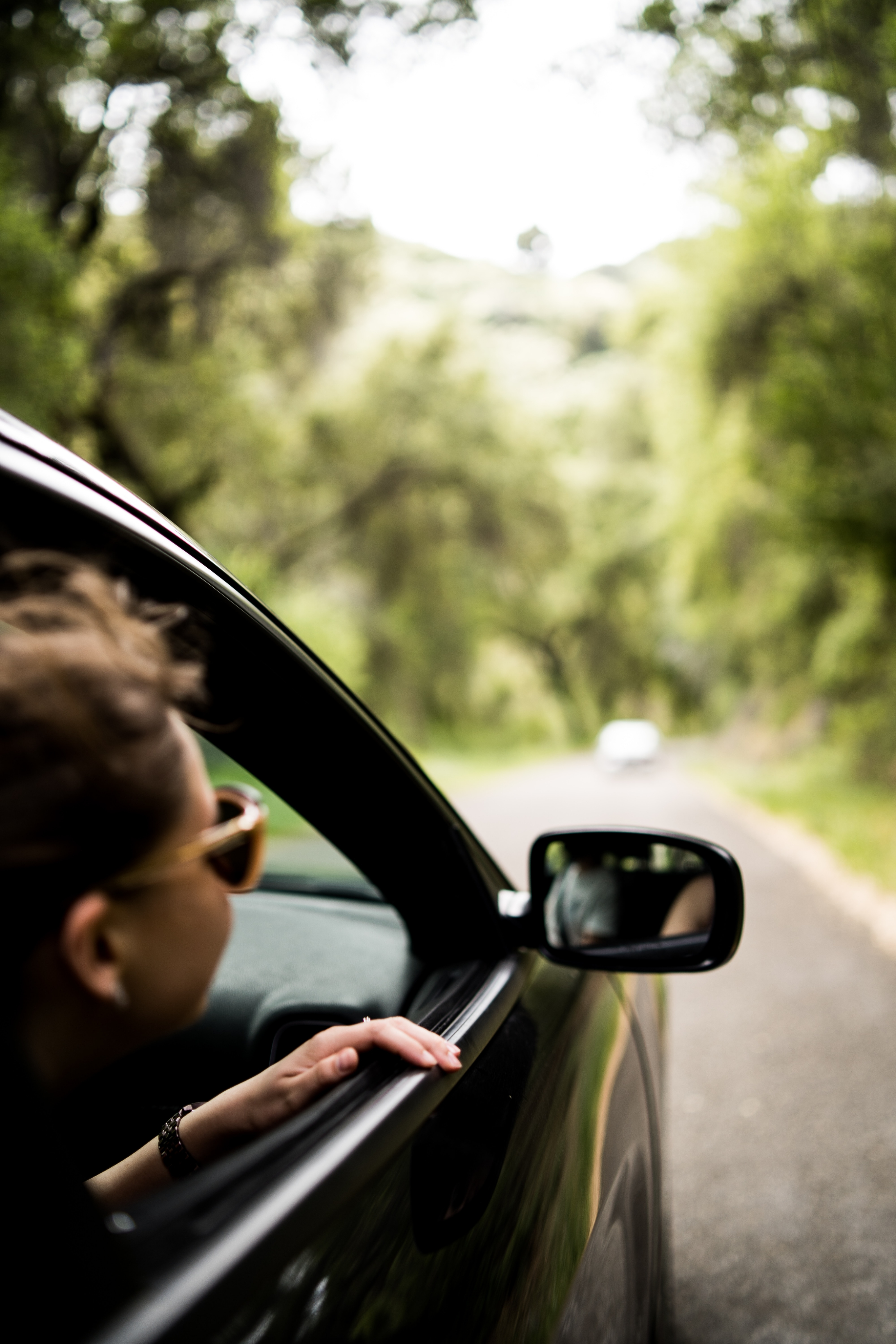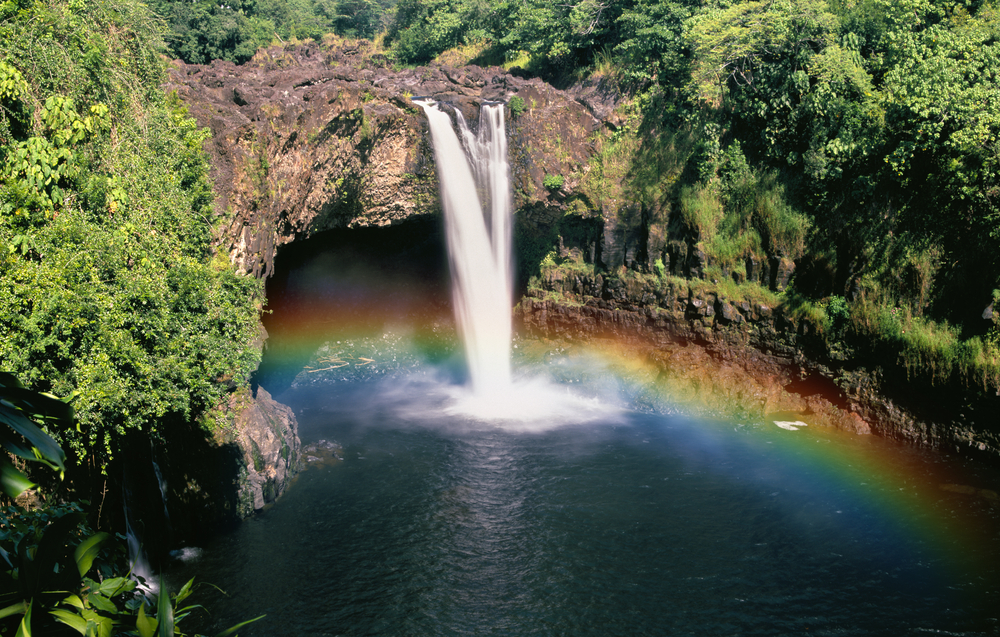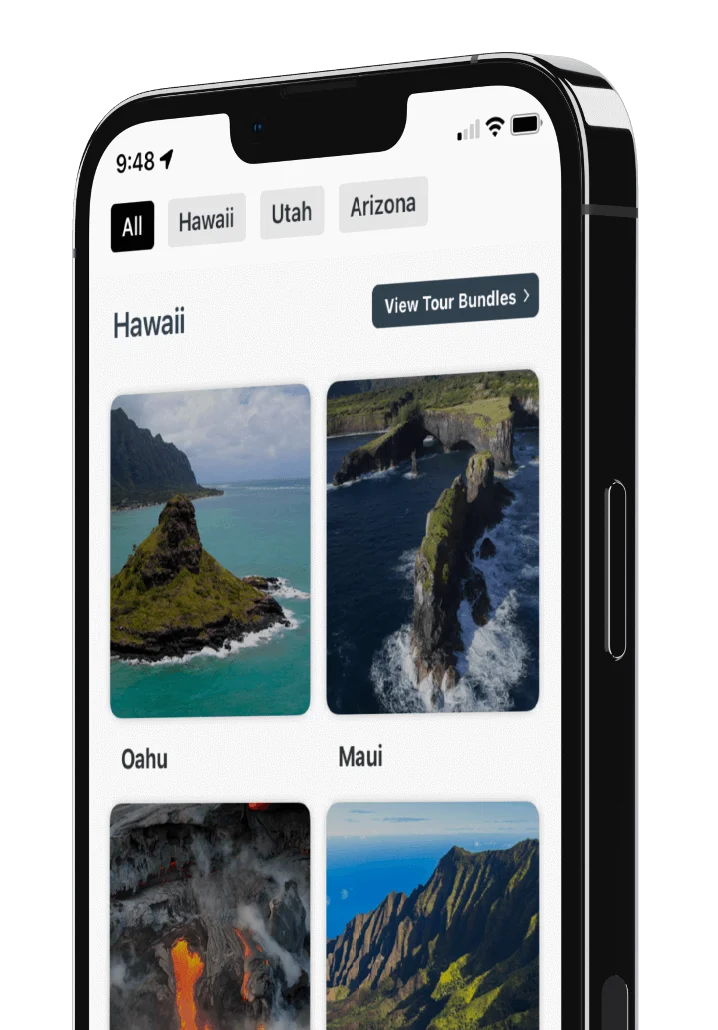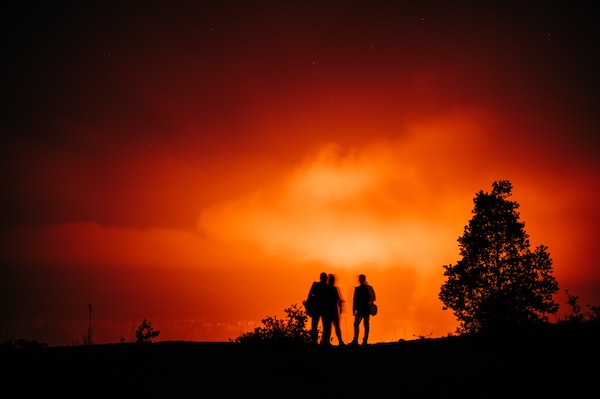
Your Mauna Loa Eruption Travel Questions - Answered!
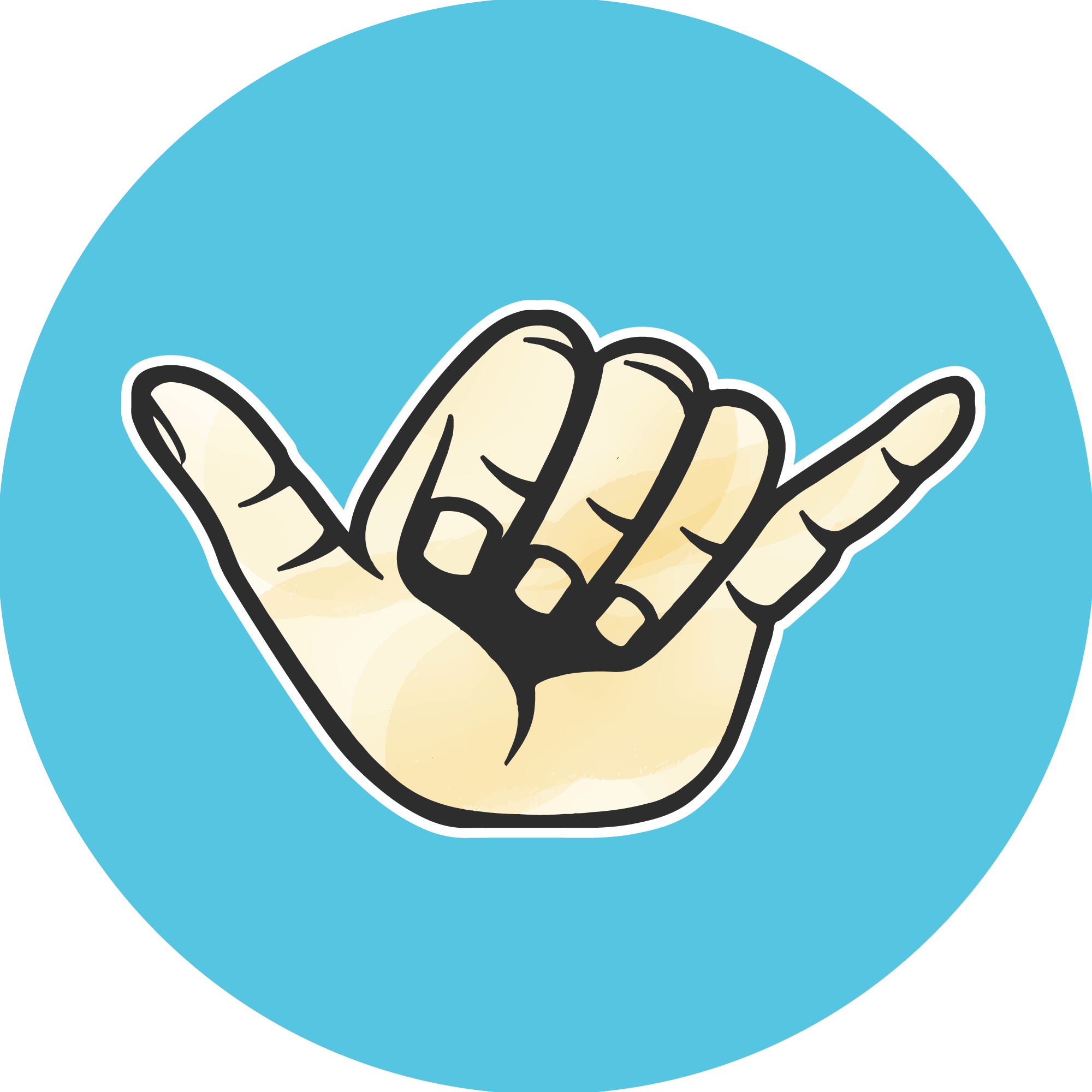
Mauna Loa - Hawaii's largest Volcano - is erupting! It's the 34th eruption for this massive volcano and we know there are loads of questions about the eruption itself, but also travel to Hawaii at this time. Well rest assured - you don't have to cancel your flight just yet.
Below we've got your volcano eruption questions answered!
1. Where is the Mauna Loa eruption?
The Mauna Loa eruption is located on Hawaii Island (the Big Island). Specifcally, it's in Hawaii Volcanoes National Park. But, Mauna Loa isn't the only volcano erupting in Hawaii right now. K?lauea, which is also located in the National Park, has been erupting since September 2021. This is the first time since 1984 that both eruptions are happening at the same time.

2. Where is the Big Island?
The Big Island is the southernmost Hawaiian Island of the 6 major islands - check out our map below to see where the big Island is located in relation to Maui, Kauai, Oahu, Lanai and Molokai.

3. Should I cancel my trip to Hawaii?
No - there is no need to cancel your trip to any of the Hawaiian Islands at this time, even if you're visiting the Big Island. Flights are still operating into and out of both the Kona and Hilo airports on Hawaii Island. However, conditions are changing rapidly so please continue to monitor and check your flight status.
If you're traveling to Maui, Oahu, Kauai, Lanai or Molokai - you're completely in the clear. You'll see from the map above just how far these islands are from the Big Island.
4. Will my Big Island trip be impacted?
It's hard to tell, as of publication the lava flow is just 4 miles from Daniel K. Inouye Highway, also known as Saddle Road, which is a main thoroughfare across the Big Island.
5. Can I still take Shaka Guide's Big Island Tours?
Yes, you can. The tours are not impacted at this time, however, should the lava reach Saddle Road both the North Island Jungle Adventure Loop and South Island Epic Coastal Journey will be effected. We will update this article to reflect any changes.
6. Is Hawaii Volcanoes National Park closed?
Nope! You can still visit the park. Just be mindful that with the two concurrent eruptions there may be an influx of visitors to the park. Please prepare for traffic, wait times, and crowds. Rememeber to drive slow in the park and leave no trace as you explore.
7. OK, so where can I see lava?
Not only can you see lava from the K?lauea eruption, but you may even catch a glimpse of a night glow from the Mauna Loa eruption. These are visible from many spots and overlooks surrounding Kaluapele (K?lauea caldera). Remember - conditions change rapidly. We'll continue to monitor and update this article. Watch our video below and check out the National Park Service's website here to learn more about where to see lava right now!
8. Who is Pele?
Great question! Madame Pele is the goddess of volcanoes and fire. She is an extremely treasured part of Hawaii's culture and legends. Her fiery wrath helped build the Hawaiian Islands. For more about Pele, listen to our audio stories below and check out our podcast with Hawaii's Best.
- Hawaii's Best Podcast with Shaka Guide Co-Founder, Andrew
- Pele and the Stubborn Man
- The Legend of the Naupaka Flower
9. Should I be concerned about vog?
Not at the moment. Currently, air quality conditions are normal. However, conditions change fast. If air quality begins to deterioriate here are some precautions to take.
-
Reduce outdoor activities that cause heavy breathing. Avoiding outdoor activity and exercise during vog conditions can reduce exposure and minimize health risks.
-
People with asthma or a chronic respiratory disease should always have medications available. Daily prescribed medications should be taken on schedule.
-
People experiencing health effects should contact their medical provider as soon as possible if any symptoms develop, as respiratory conditions might worsen rapidly in heavy sulfur dioxide or vog conditions.
-
Stay indoors and close windows and doors. If an air conditioner is used, set it to recirculate. If you need to move out of an impacted area, turn on the car’s air conditioner and set it to recirculate.
-
Face masks (surgical, cloth, KF94, KN95, N95) do not provide protection from sulfur dioxide or vog. However, they can be effective in outdoor environments in reducing inhaled hazardous particulates associated with falling ash and Pele’s hair.
-
Do not smoke and avoid second-hand smoke.
- Drink plenty of fluids to avoid dehydration.
Vog updates can be found below:
- Hawai?i Interagency Vog Information Dashboard
- DOH Clean Air Branch
- U.S. Geological Survey Mauna Loa Volcano Updates
10. Anything else I should know?
Yes! If you're looking for the latest information about visiting Hawaii, going to Volcanoes National Park, or the Mauna Loa eruption, check out the resources below:
- Hawai?i’s Official Travel Website
- Hawai‘i County Civil Defense
- Hawai‘i County Volcano Hazards
- Hawai‘i Volcanoes National Park
- Hawaiian Volcano Observatory
- Hawai‘i Emergency Management Agency
- Hawaii Volcanoes Naitonal Park
- Hawaii Tourism Authority
Like this article? Share it on Pinterest!
